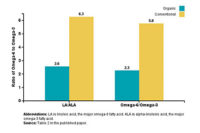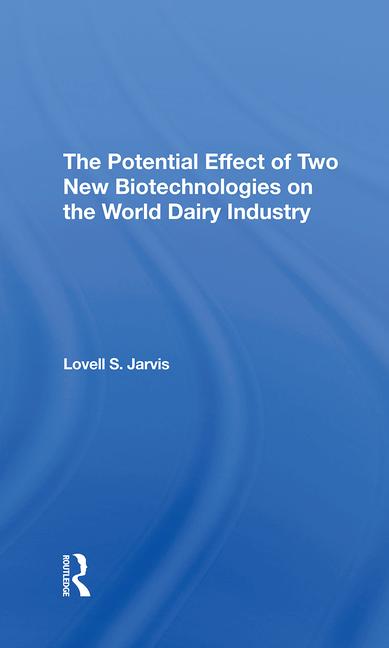The state of the dairy industry is good, but it could be better

The state of the dairy industry is good. Sales are up in many categories, exports of dairy ingredients are booming, processors are developing new products, the industry is touting the inherent nutrition in milk and suppliers are addressing flavor, sweetening, color and sustainability issues.
That’s not to say the industry is without problems. Sales of fluid milk continue to decline. Government regulations of milk prices and standards of identity stifle innovation and add costs. Animal-welfare activists, if they can’t get dairy farmers to stop de-horning or tail docking, are turning their sights on processors to pressure them not to buy milk from those producers. The dairy processing establishment is gearing up to re-fight GMO labeling again. California residents defeated a referendum once already but the issue of mandatory labeling of the use of genetically modified organisms is returning and spreading to other states.
That is a summary of our annual State of the Industry report. To prepare this series of eight articles, Dairy Foods editors and contributors talked with more than 100 dairy processors, association executives, research analysts and ingredient suppliers to identify the strengths, weaknesses, opportunities and threats to dairy foods and beverages and the companies that manufacture them.
Milk has protein
The overriding theme among processors of fluid milk, cheese, cultured dairy foods and dairy ingredients is that milk has protein. Protein is the new calcium. The industry has successfully linked milk to calcium to bone health. Now it wants to make the public aware that protein builds muscle and has other benefits (like satiety, to tame overeating).
The Milk Processor Education Program’s advertising agency developed a clever “Protein Fight Club” campaign that humorously depicts milk defeating various breakfast foods, including orange juice and a breakfast burrito. I take issue with the segment pitting milk against cream cheese on a bagel. The ad agency should have heeded Ronald Reagan’s 11th commandment, which I’ll paraphrase as: “Thou shalt not speak ill of any fellow dairy product.” You’re on thin ice, milk. Greek yogurt and cottage cheese will clean your clock in any protein fight.
Milk isn’t just for drinking, and fluid processors need to expand their thinking. Look at how cheese and yogurt companies market their products as ingredients as well as foods. It’s time for milk marketers to tap into consumers’ interest in cooking and develop recipes calling for cups of milk.
Another trend, the local food movement, helps local dairy processors compete against larger regional brands. These companies can play up their hometown roots and their proximity to milk sources. Larger processors, to buffer themselves from the decline in fluid milk, are going to have to look to export markets and find other products that can be processed on their lines. These processors will have to invest in extended shelf life and aseptic processing systems. One new product is Kellogg Co.’s nonfat milk-based beverage, which is being made for the cereal maker by a dairy processor.
Tapping into trends
Cheesemakers benefit from consumer interest in locally produced foods. In our conversations with these dairy processors, we frequently heard the adjectives artisan, small-batch, hand-crafted and limited-production. We had to remind ourselves that the talk was about cheese, not beer.
Cheesemakers, butter churners and ice cream processors have all discovered the power of flavors and ingredients to excite consumers. Red pepper and wasabi spice up cheeses. Sea salt and cracked pepper give butter a savory element. Ethnic fruits and vegetables are flavoring ice cream. Who’s up for a scoop of green tea matcha ice cream?
Then we come to the dairy industry’s golden child: Greek yogurt. Processors can’t buy and install the necessary technology needed to make this food fast enough. If they don’t have the muscle and marketing wherewithal to promote their own brand, they are finding plenty of opportunities in the private label world.
I have followed the farm bill debate from a distance. Dairy producers and dairy processors are doing their best to protect their interests, as they should. But they are going to have to cooperate because their fates are intertwined. Farmers need buyers and processors need milk. Allow me another paraphrase, this one from Rodgers and Hammerstein’s Oklahoma!: “The farmer and the milkman should be friends.” And when that’s the state of the industry, all will thrive.
Visit our State of the Industry page for more
Looking for a reprint of this article?
From high-res PDFs to custom plaques, order your copy today!









